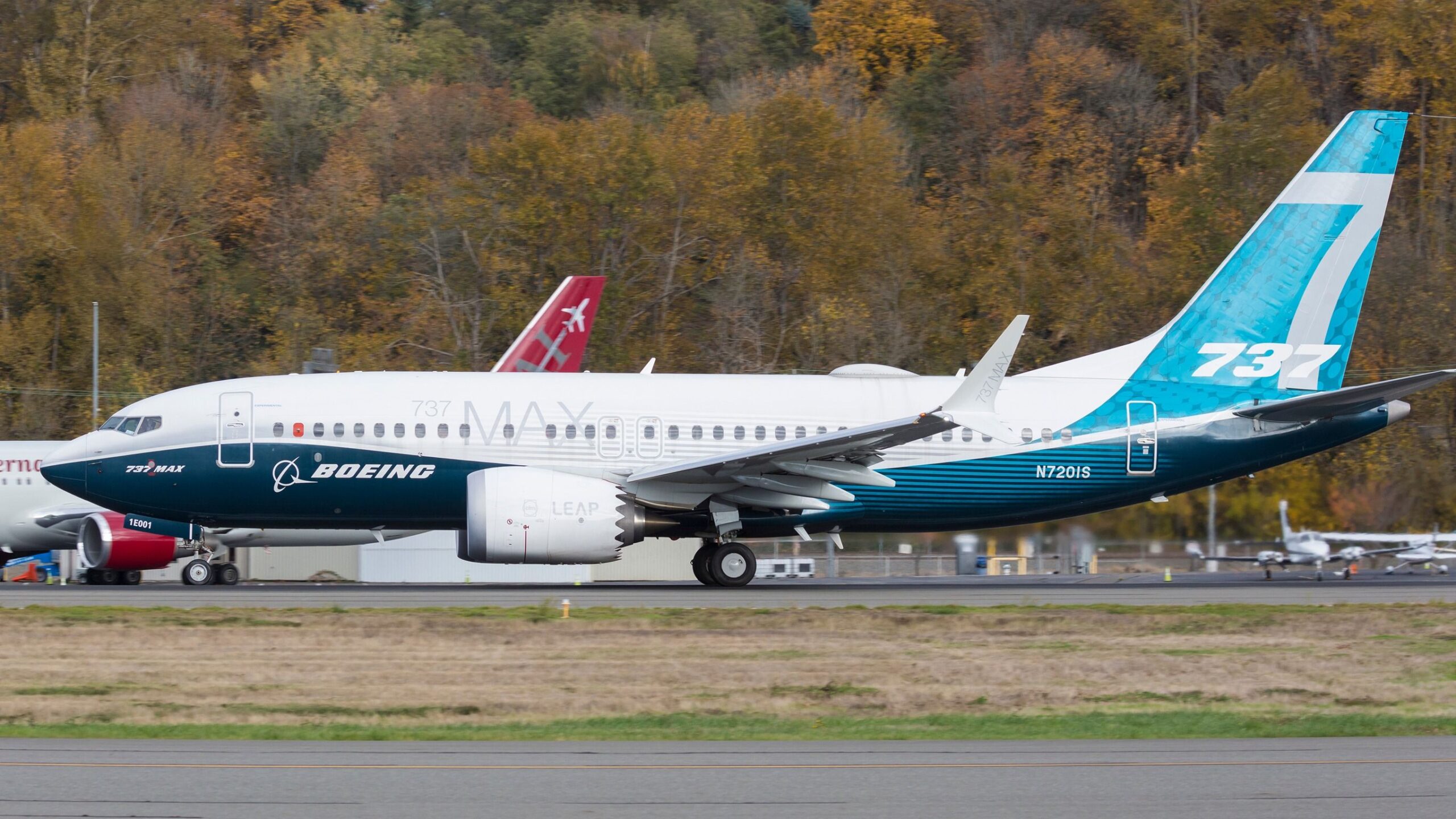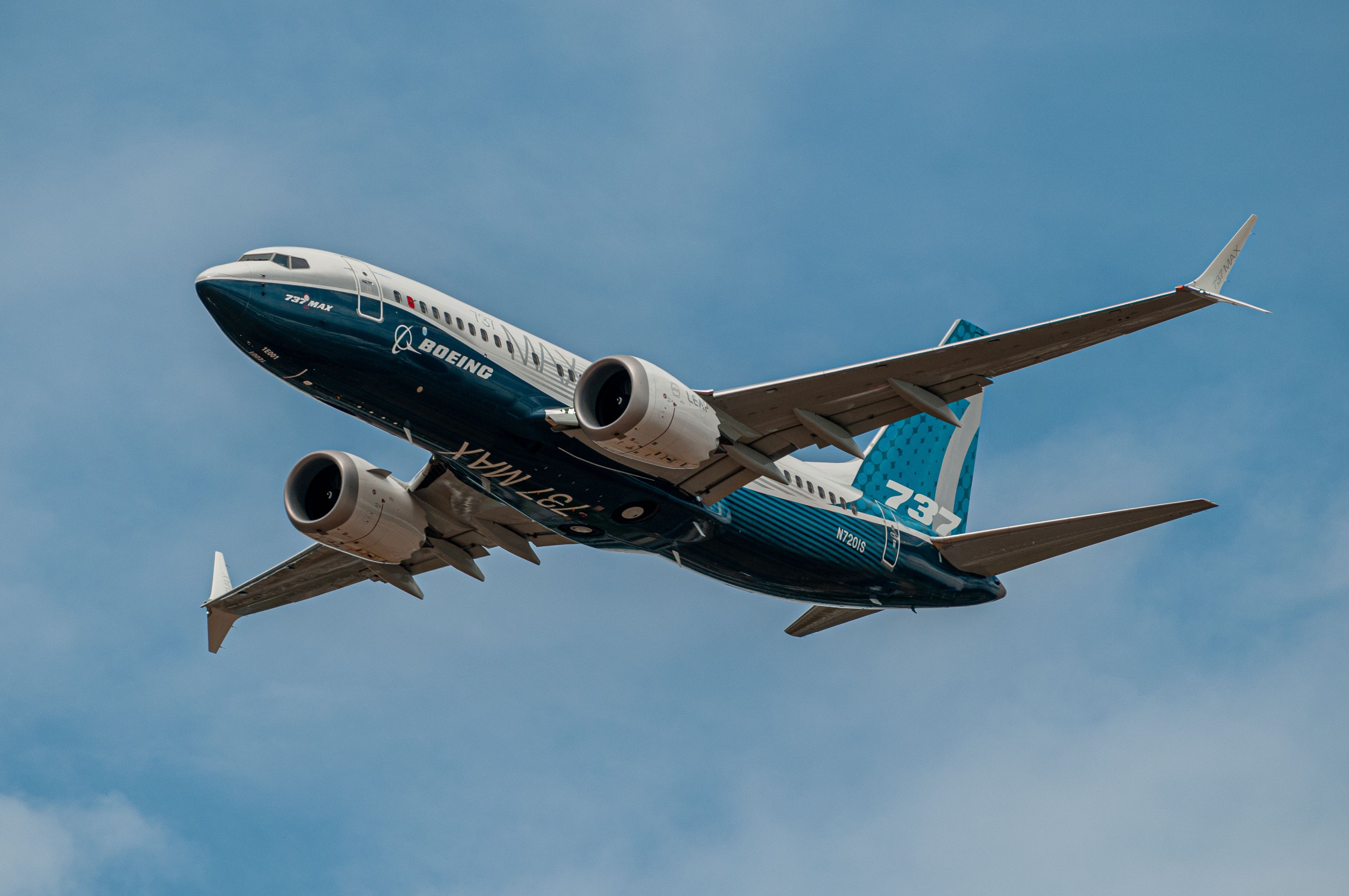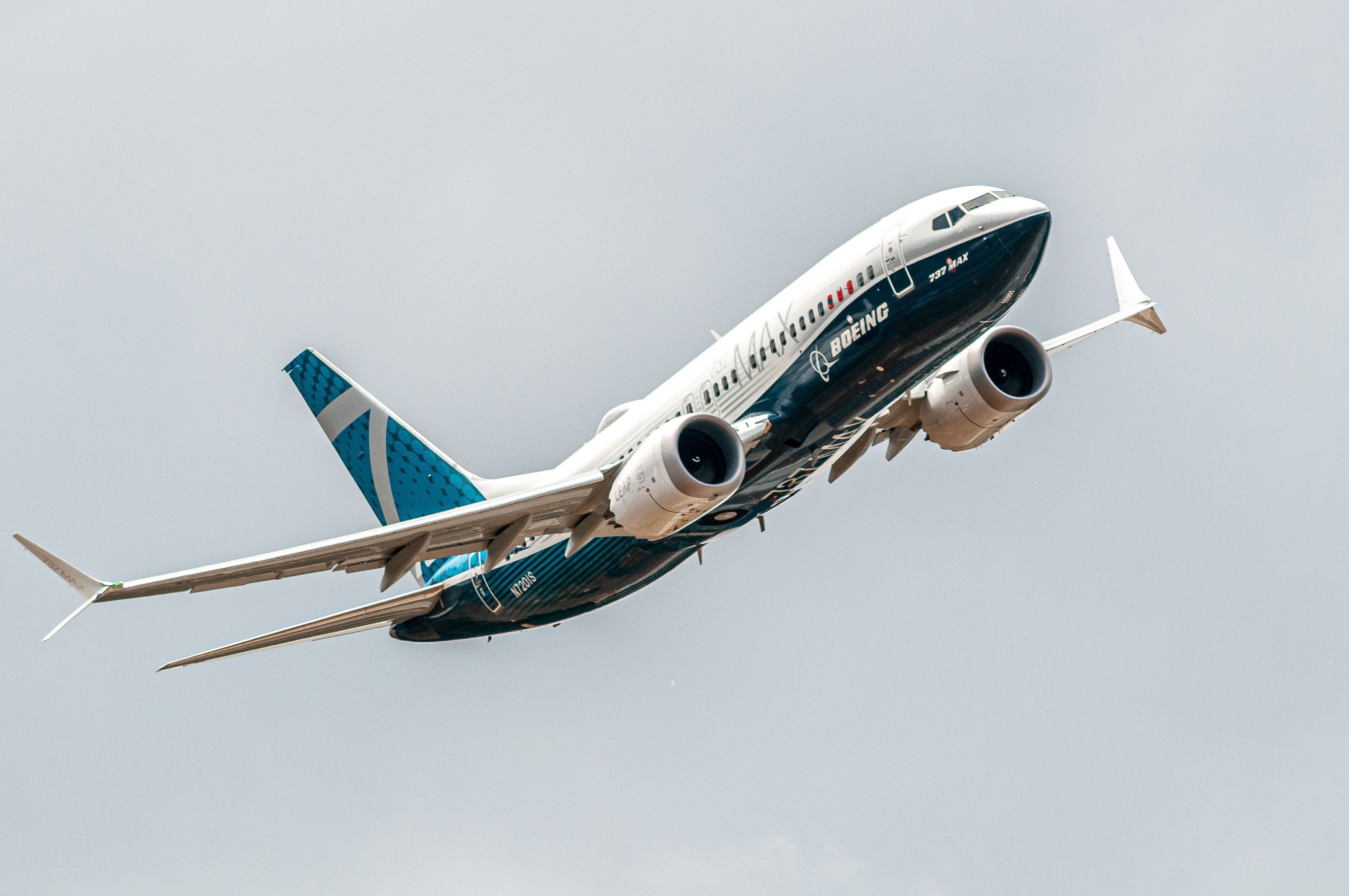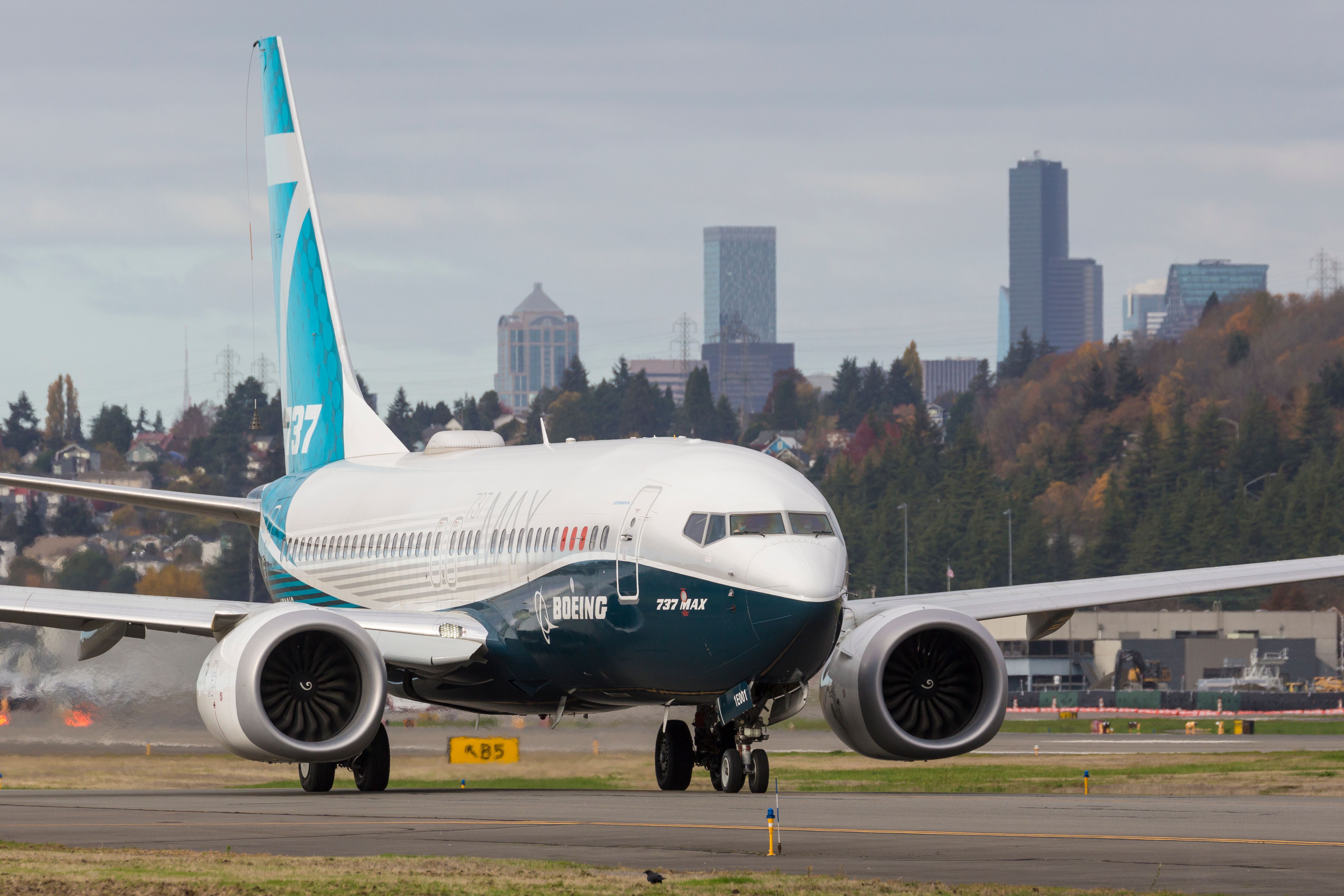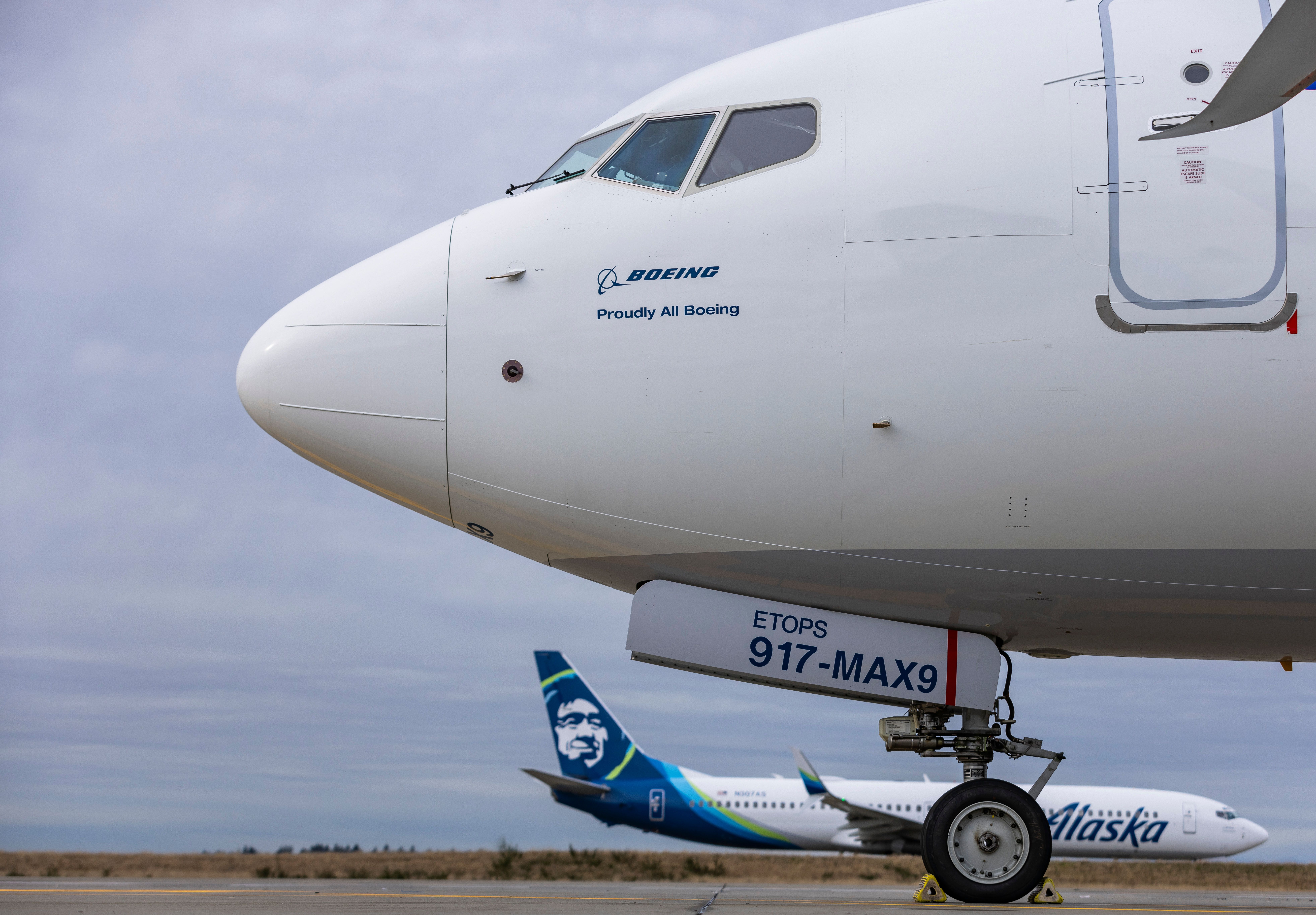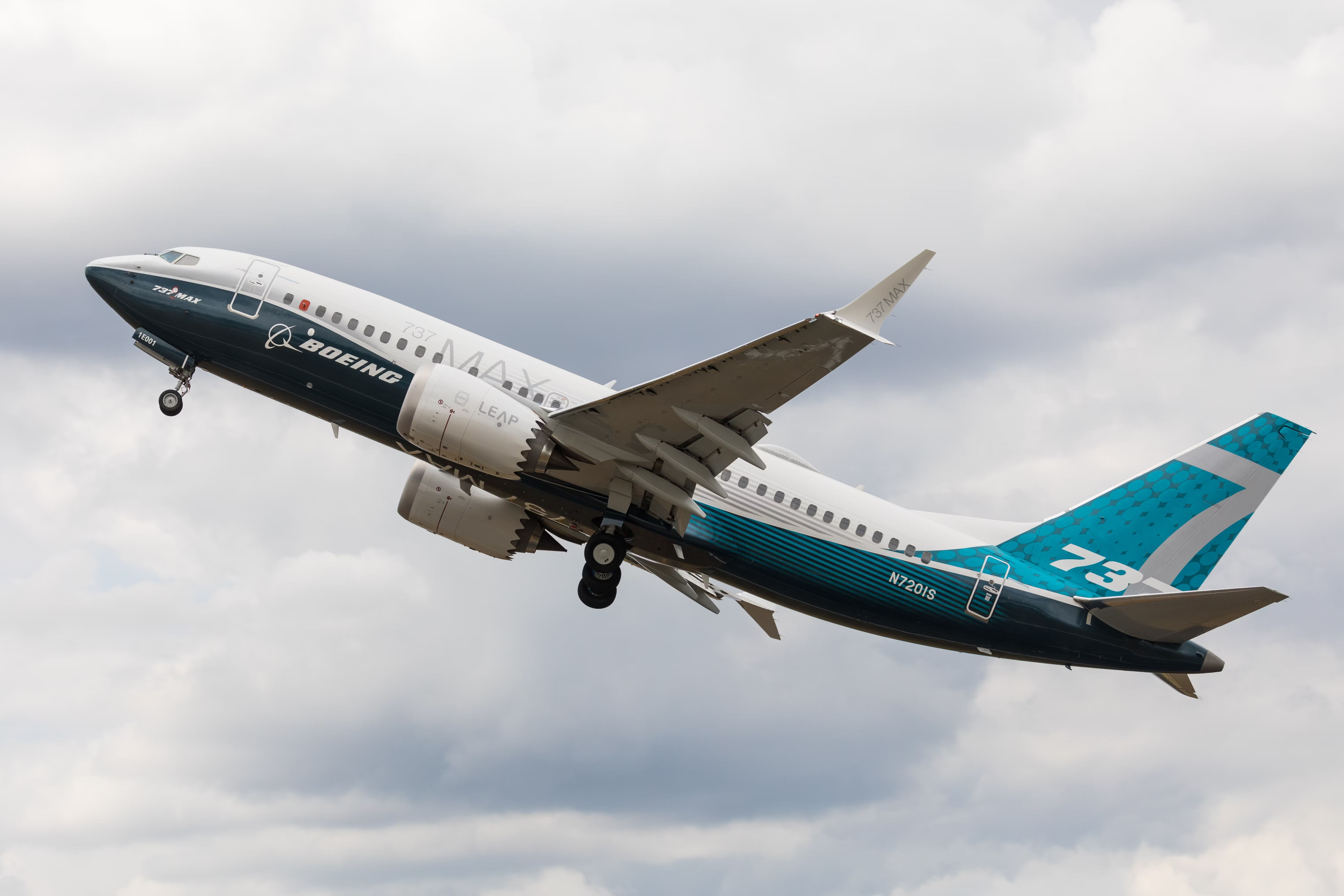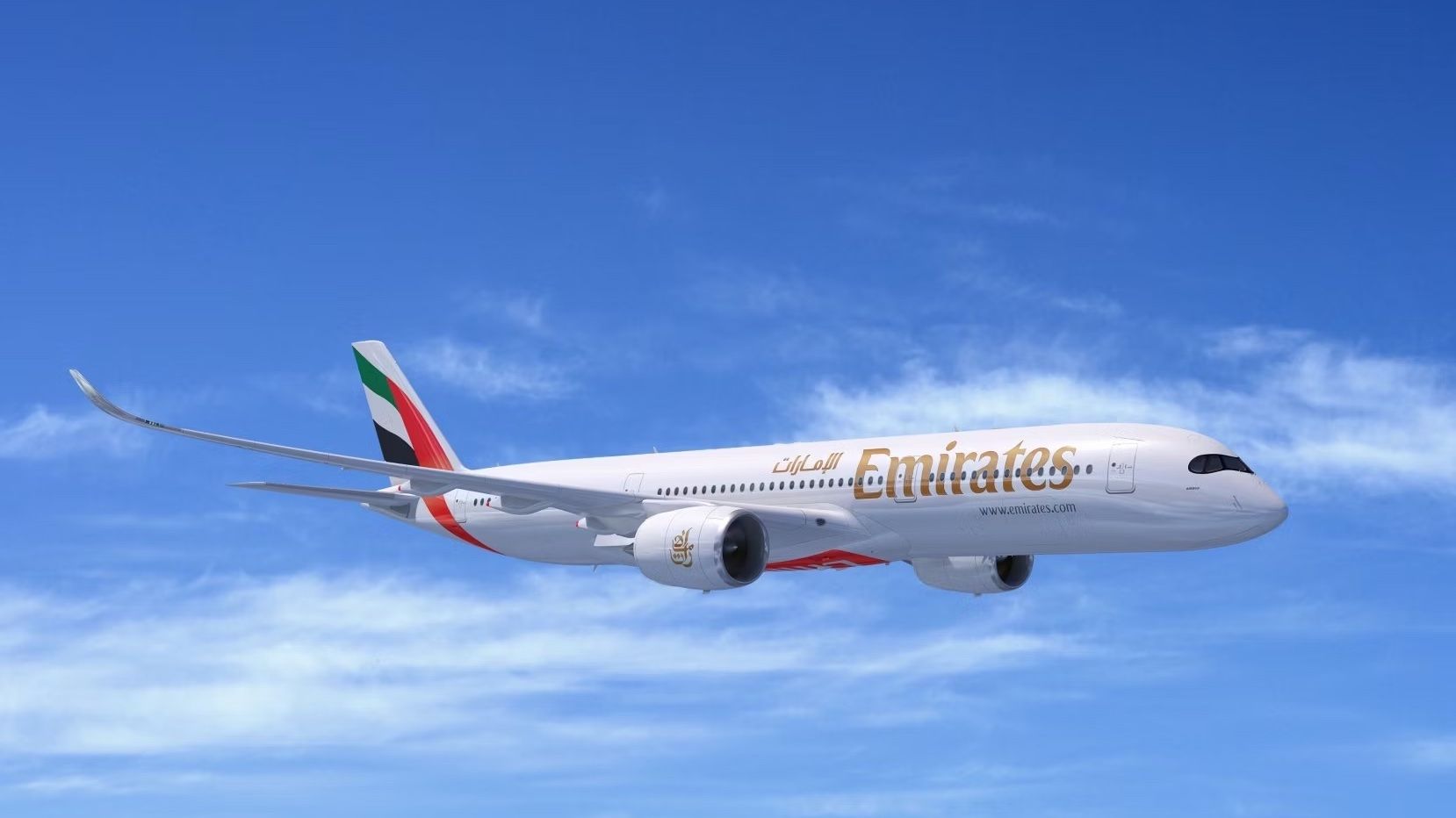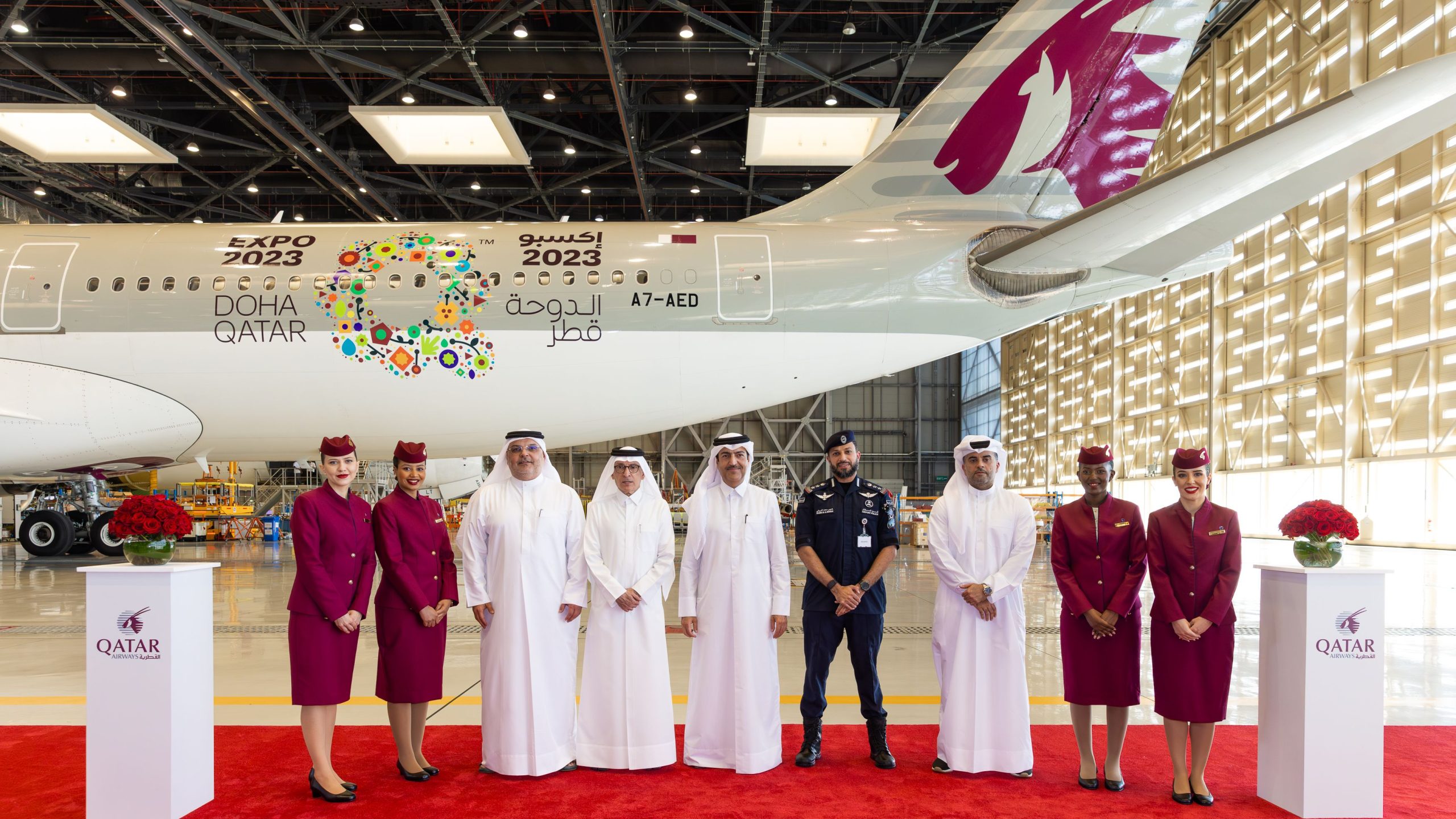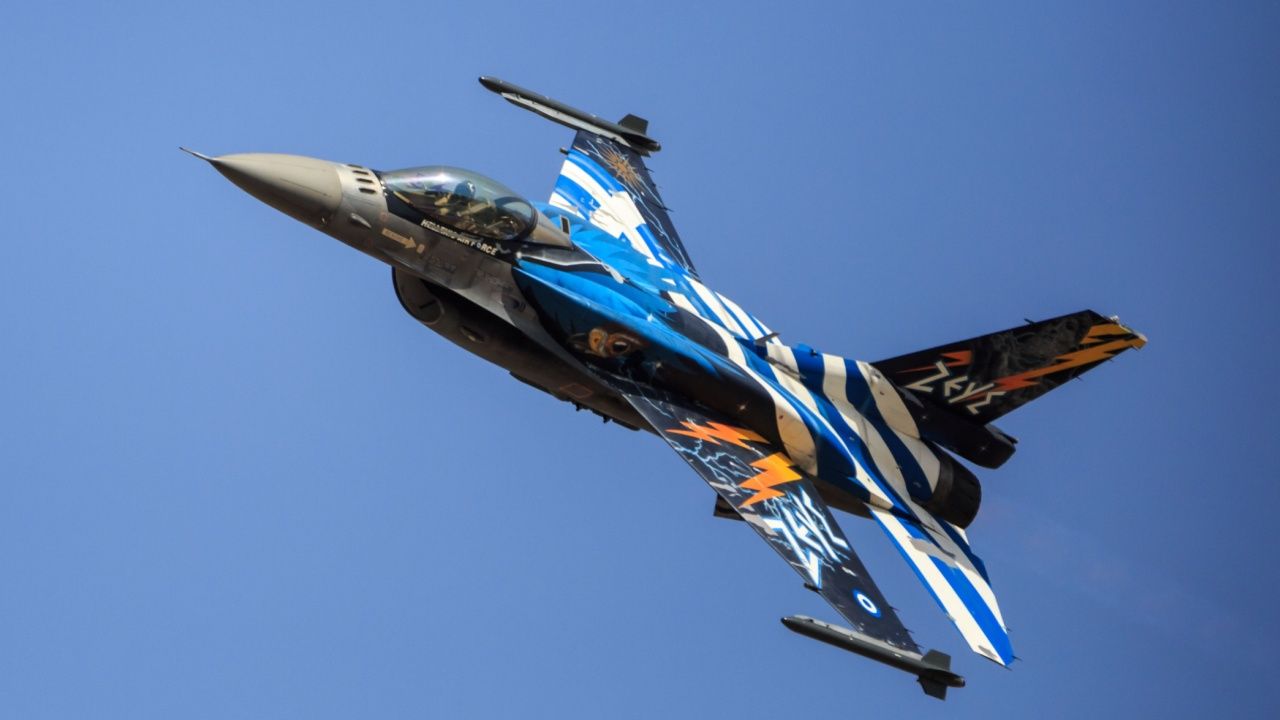Summary
- Boeing’s efforts to redesign the 737 MAX engine’s anti-ice (EAI) system could push back the 737 MAX 7 and 737 MAX 10’s entry-into-service date to late 2025.
- The FAA initially addressed the EAI problem with an airworthiness directive in August 2023.
- While Boeing requested an exemption for the 737 MAX 7 for its EAI system, the manufacturer withdrew the exemption request several months later.
While Boeing has moved forward with designing the 737 MAX’s engine anti-ice system, which would prevent the overheating of the engine nacelles that are built by the aircraft manufacturer, this could slip the entry-into-service date of the 737 MAX 7 and 737 MAX 10 to late 2025.
Slipping schedules
According to a report by The Air Current, the manufacturer’s internal schedules for the certification of the Boeing 737 MAX 7 and MAX 10 have slipped to late 2025 at the earliest. The additional delay to the two types came as the plane maker selected its design to make changes the 737 MAX engine inlet, which the Federal Aviation Administration (FAA) said was at risk of overheating and subsequent failure, potentially resulting in severe engine inlet cowl damage.
The FAA issued the airworthiness directive (AD) to address the issue on August 10, 2023. Then, the regulator warned that after receiving a report in June 2023, which indicated that flight testing and analysis revealed that using the engine anti-ice (EAI) in dry air for more than five minutes at a certain altitude, total air temperature, and N1 settings – the rotational speed of the low pressure (low speed) engine spool, per SKYbrary – could result in the engine inlet cowl overheating when not in visible moisture.
Photo: Wirestock Creators | Shutterstock
Thus, the FAA stated that excessive heat buildup could result in the engine inlet inner barrel overheating beyond the design limits, resulting in the failure of the engine inlet inner barrel and severe inlet cowl damage. The regulator noted that there had not been any reports of an in-service failure.
The directive applied to all Boeing 737 MAX aircraft, including the 737 MAX 7 and MAX 10. However, the FAA said that the AD was only an interim action since Boeing was developing a modification addressing the unsafe condition identified in the directive, with the regulator adding that it could consider additional directives to address the problem.
Photo: Wirestock Creators | Shutterstock
Compliance with the AD was relatively straightforward: operators had to modify the aircraft flight manual (AFM) to limit the use of the EAI system in certain conditions. Furthermore, the AD required airlines to revise their minimum equipment list (MEL) to prohibit the dispatch of an aircraft under conditions that were allowed prior to the effective date of the AD, which was August 25, 2023.
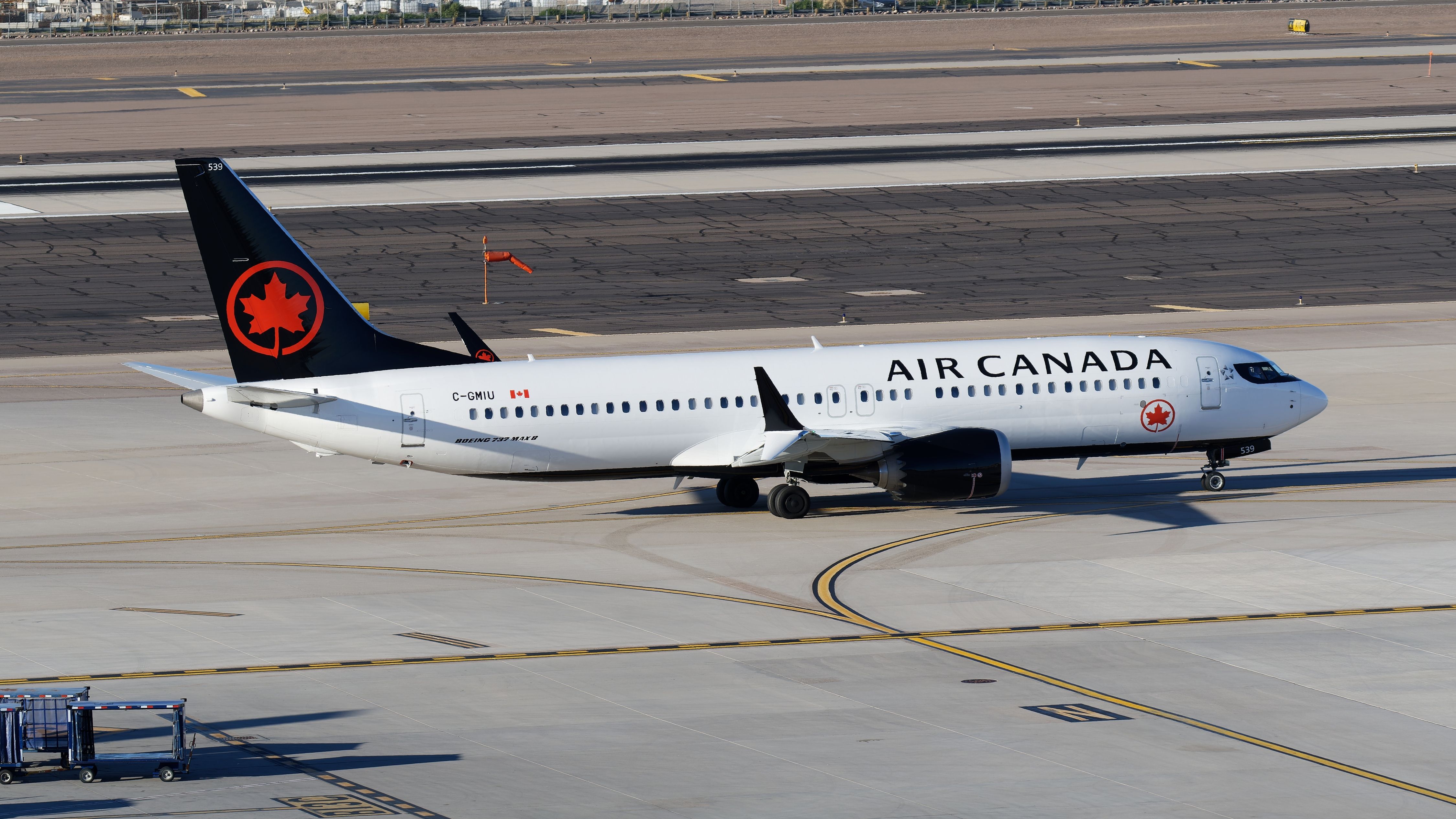
Related
Transport Canada Directive: Boeing 737 MAX Operators Must Limit Anti-Icing System
This directive will impact six Canadian airlines.
Seeking exemptions
According to publicly available records, Gary Hamatani, the Boeing 737 MAX Development Chief Project Engineer at Boeing, wrote a letter to the FAA requesting an exemption for the 737 MAX 7 on November 23, 2023. At the time, the company sought exemptions from eight Code of Federal Regulations (CFR) sections.
“Boeing is seeking a time-limited exemption (TLE) from […], as they relate to the engine nacelle inlet structure and engine anti-ice (EAI) system for the 737-7 until May 31, 2026.”
The letter added that during that time, it would develop and certify the necessary design changes for the EAI system and the associated engine inlet structure, adding that the changes would be applied to all Boeing 737 MAX aircraft.
Photo: BlueBarronPhoto | Shutterstock
While arguing for the relief for the 737 MAX 7, the manufacturer stated that either the engine nacelle inlet structure of the 737 MAX 7 and 737 MAX 8 is the same or that the EAI systems have no differences between the two aircraft. The Boeing 737 MAX 8 has been certified by the FAA, while the 737 MAX 7 has not.
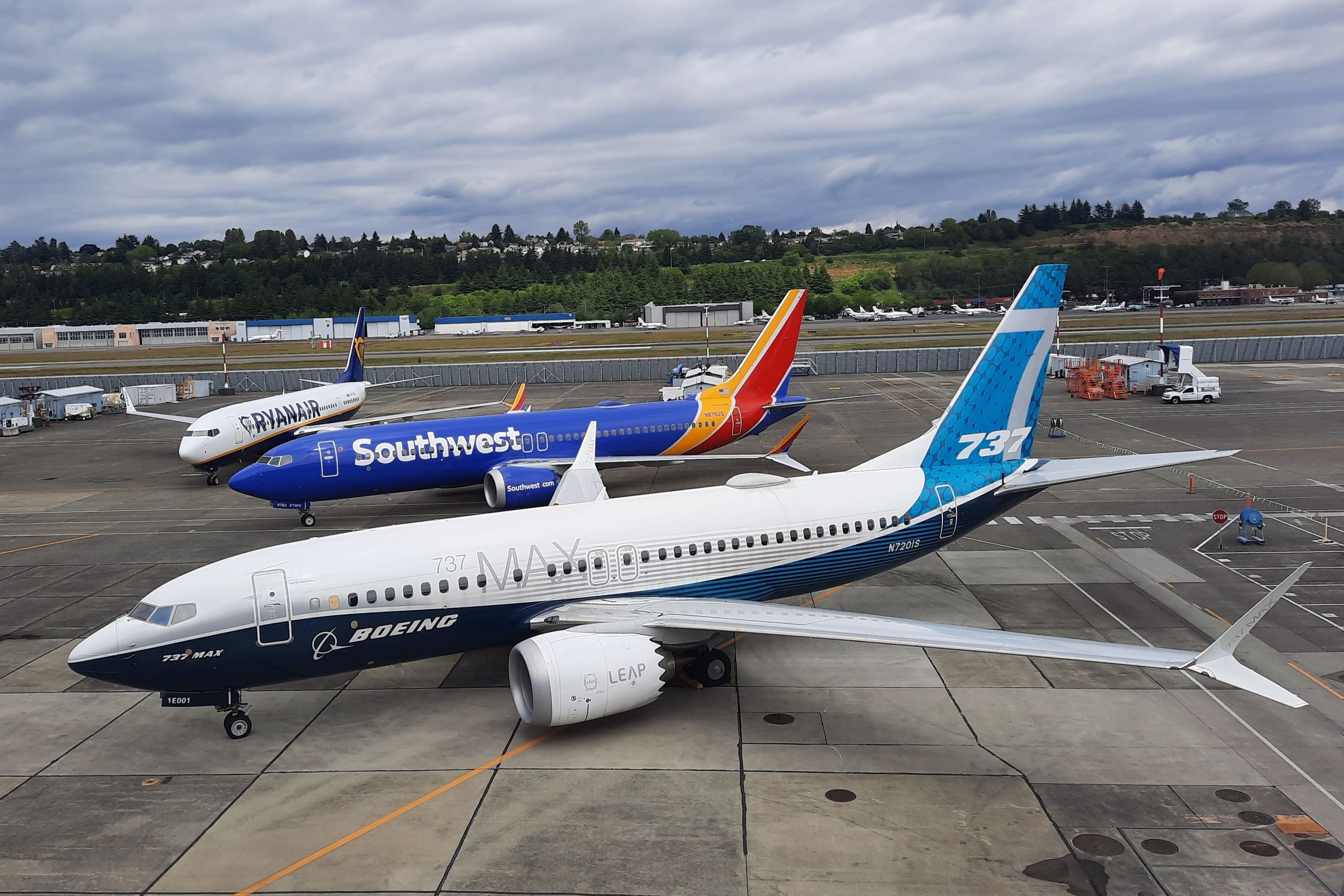
Related
737 MAX 7 Certification Remains Uncertain After Boeing Withdraws Safety Exemption Request
The manufacturer had previously been hoping to get the aircraft certified this year.
Changing world
However, Tom Galantowicz, the Vice President of Product & Services Safety at Boeing, wrote a letter to the FAA on January 29, 2024, requesting to withdraw its exemption request from November 2023. The company did not provide an argument as to why it was withdrawing its request in the letter, but following the Alaska Airlines Boeing 737 MAX 9 incident, when the aircraft lost its mid-cabin door plug while climbing out of Portland International Airport (PDX) in early January, the manufacturer’s quality and safety processes have come under increasing scrutiny.
Photo: Ingrid Barrentine | Alaska Airlines
However, Tammy Duckworth, a US Senator from Illinois, issued a statement on January 25. Then, Duckworth said that she, also a member of the US Senate Committee on Commerce, Science and Transportation (CST) and Chair of the CST Subcommittee on Aviation Safety, Operations and Innovation, met with David Calhoun, the President and chief executive officer (CEO) of Boeing. At the meeting,
“Duckworth pushed Boeing to prioritize fixing this flaw [the EAI system – ed. note] that is a single point of failure subject to human error instead of effectively putting profit over the safety of the flying public by trying to rush even more aircraft with this defect into our aviation system.”
Still, the EAI system condition persisted, forcing pilots to come up with ‘creative’ solutions to comply with the directive. Another report by The Air Current showed pictures of pilots using a sticky note to remind them to turn off the EAI system after five minutes while flying the Boeing 737 MAX 8.
Photo: Boeing
Nevertheless, Boeing had to go back to the drawing board and redesign the system, which meant that the 737 MAX 7 and 737 MAX 10 would be delayed further. When Brian West, the chief financial officer (CFO) and Executive Vice President of Finance of Boeing, spoke during the Bank of America Global Industrials Conference on March 20, he said that the company was essentially done with its documentation requirements for the 737 MAX 7.
“And our expectation as we move through those milestones is that we will take all the lessons that we’ve learned collectively with the FAA partner to bring that into the process of the 737-10 certification so it can move at pace.”
Now, the ball was in the FAA’s court, with the CFO adding that the timelines of the 737 MAX 7 and 737 MAX 10 have remained unchanged at the time. According to the manufacturer’s orders and deliveries page, it has 343 net orders for the 737 MAX 7 and 1,071 net orders for the 737 MAX 10, compared to 2,804, 319, and 231 net orders for the 737 MAX 8, 737 MAX 8-200, and 737 MAX 9, respectively.

Related
737 MAX 7 Certification Remains Uncertain After Boeing Withdraws Safety Exemption Request
The manufacturer had previously been hoping to get the aircraft certified this year.

